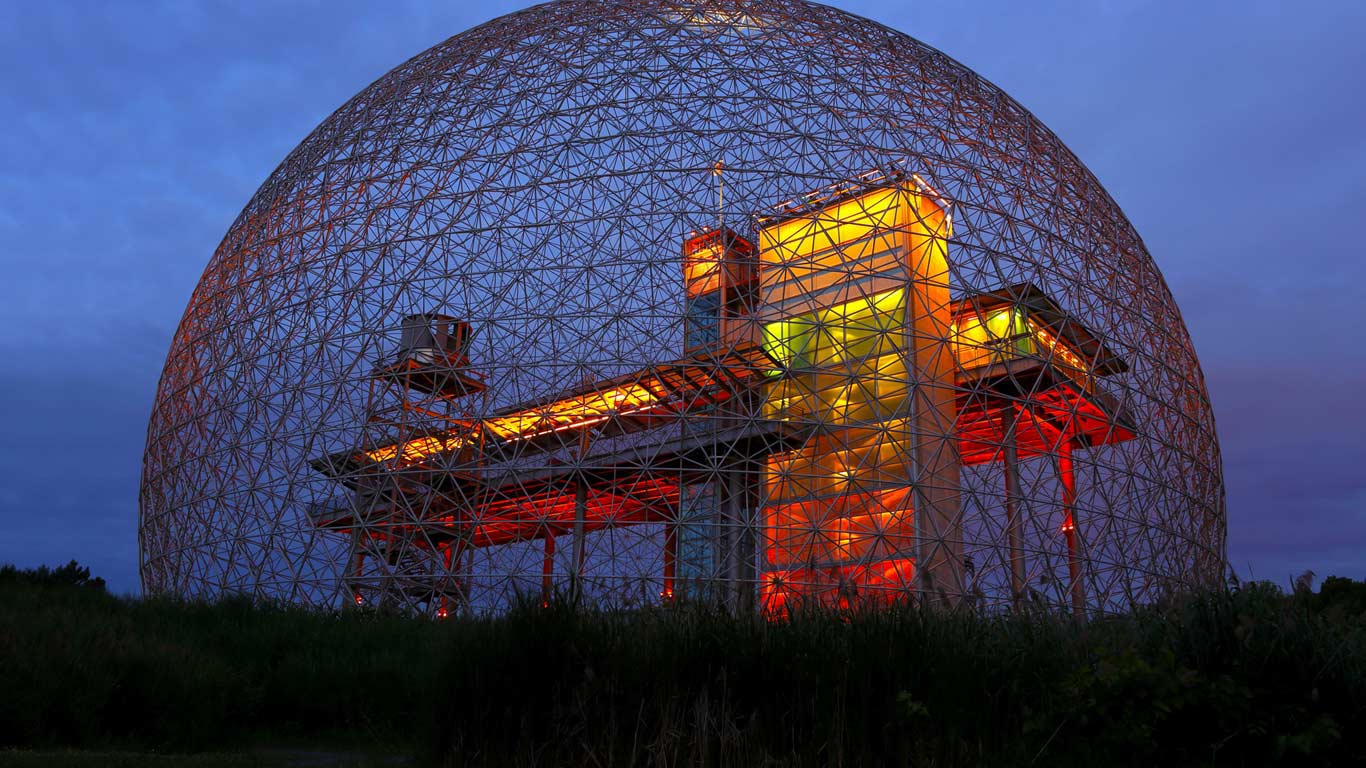In the upcoming decades, we must transform our economies to achieve our collective objective of limiting global warming to less than 2°C. The necessary steps are broadly understood, including the adoption of renewable energy for power grids, electrification of transportation and buildings, and implementation of smart and efficient energy use. Additionally, we need to transition to a circular economy that minimizes waste and reuses or recycles resources.
However, there is a significant challenge to this transition, as we require metals and minerals that are currently insufficient to meet the demands of green technologies. Mining is essential to extract these resources, yet the industry is often associated with negative perceptions of environmental damage and danger. Nonetheless, modern mining practices have evolved considerably, and the ability of the market to keep up with demand will have profound implications for economic policy.

The rise of electric vehicles is not the sole driver of global demand for minerals. Establishing an onshore wind plant requires nine times more mineral resources than a gas-fired power plant of equal capacity, and offshore wind requires even more. Solar photovoltaics also require double the weight of copper per megawatt of generation, as well as substantial amounts of silicon. As investment in renewable energy has increased since 2010, the average amount of minerals needed for new energy generation units has risen by 50%. Furthermore, the deployment of batteries on an unprecedented scale is necessary to store green energy and power smart cities’ devices. The International Energy Agency (IEA) predicts that meeting the Paris Agreement’s goal of limiting global warming to below 2°C would require a fourfold increase in clean energy technology’s mineral requirements by 2040. To achieve net-zero emissions globally by 2050, six times more mineral inputs will be necessary in 2040 than currently available.
To successfully transition towards sustainability, it is crucial to implement green technologies for decarbonizing the economy. The mining industry, as the primary producer of critical minerals, will play a vital role in the green transition, particularly as we move towards a more circular economy over the next decade. However, minerals are a finite resource, and this poses another limit on the planet’s ability to support us. Therefore, we need integrated and clear-sighted thinking to connect the dots between supply and demand as we navigate the challenges ahead.





